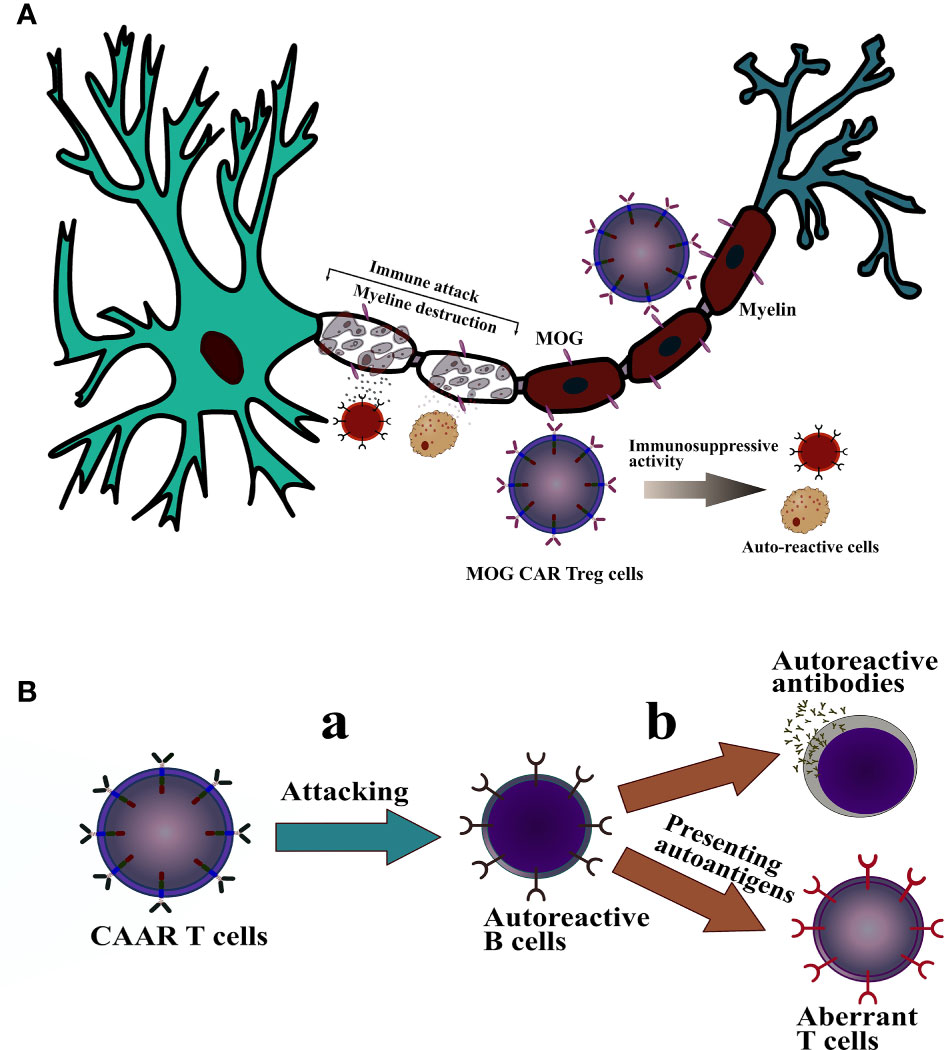

Could you share some of the major milestones during this time? I'll give you the floor. Marco Meglio: It's been nearly 30 years of SRNA, and we've witnessed significant progress in rare neuroimmune disorders. In this episode, the group discussed the origins of the organization, and some of the progress made in rare neuroimmune disorders since that time. The panel included Sanford Siegel, current president of SRNA, Benjamin Greenberg, MD, vice chair of clinical & translational research at UT Southwestern Medical Center, and Douglas Kerr, MD, chief medical officer of GeneratioBio and a key figure in the establishment of the Johns Hopkins Transverse Myelitis Center, the only such specialized center in the world. In collaboration with the Siegel Rare Neuroimmune Association, NeurologyLive ® hosted a Roundtable Discussion focusing in on the major advances since the organization’s birth, nearly 30 years ago. Within a year, the astrocyte water channel protein aquaporin-4 was identified as its target, leading to several advanced therapeutics more than a decade later. For years, neuromyelitis optica was thought to be a variant of multiple sclerosis (MS), but in 2004, a circulating immunoglobulin autoantibody was reported in patients with neuromyeltis optica that was absent in those with MS. Over the years, the detection of these disorders, and the way they are treated, has improved significantly. In acute disseminated encephalomyelitis (ADEM), MOG antibody disease (MOGAD), and neuromyelitis optica spectrum disorder (NMOSD), there are various patterns of organ involvement, and in some disorders there is the potential for recurrent events. Patients may have acute flaccid myelitis (AFM) or transverse myelitis (TM) when the spinal cord is affected or optic neuritis when the optic nerve is impacted. Rare neuroimmune disorders are immune-mediated disorders of the central nervous system in which cells become “confused” and mistakenly attack an organ within a person.


 0 kommentar(er)
0 kommentar(er)
